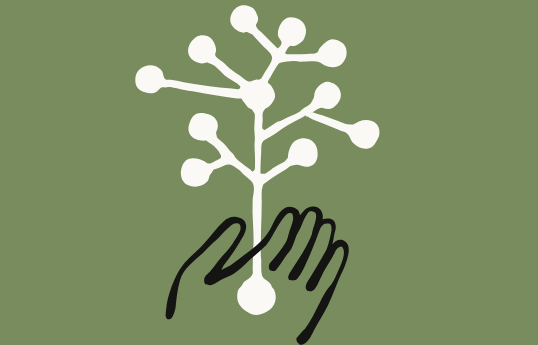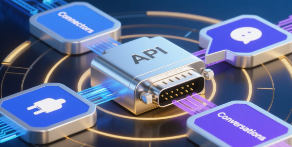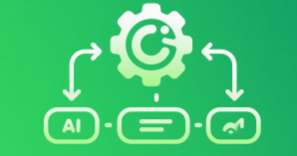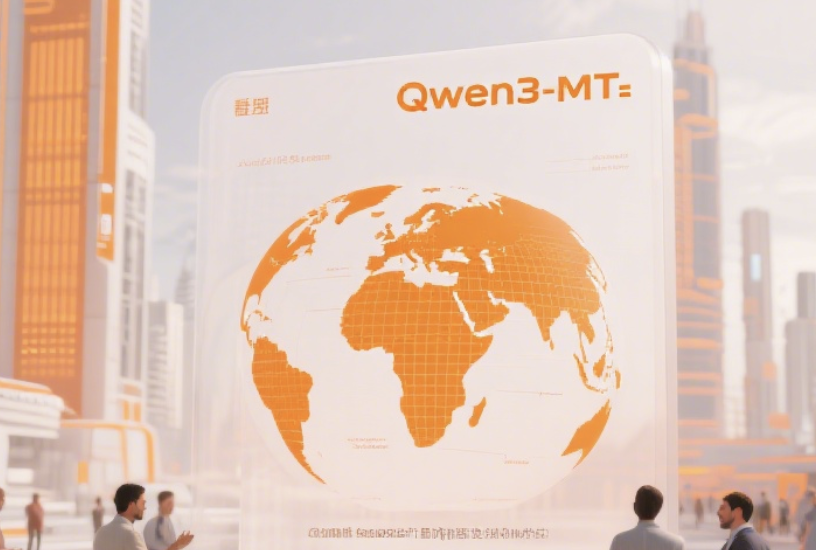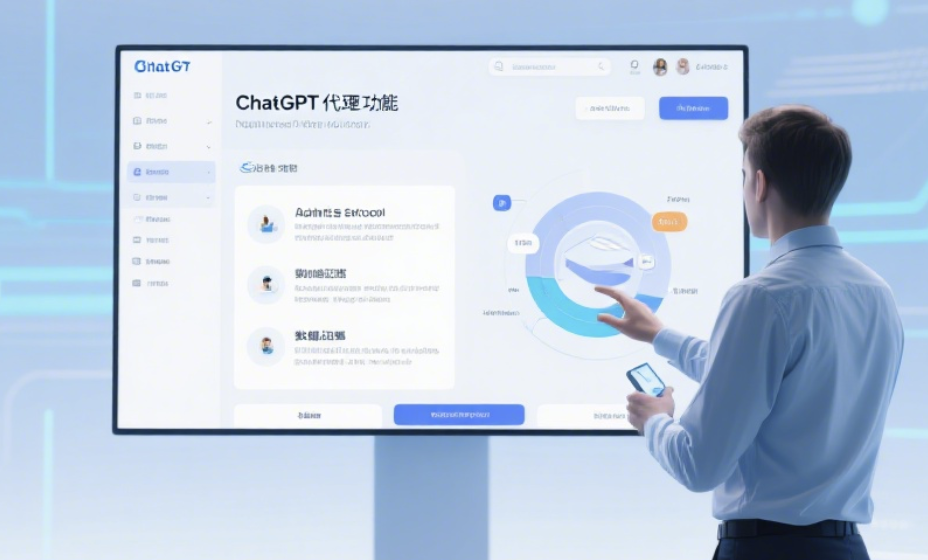Anthropic joins forces with government departments to promote "nuclear safety guardrails": public-private partnership to build content classifiers for AI. Anthropic announced that it has joined forces with the U.S. Department of Energy's Nuclear Safety Administration to build a "nuclear-related conversation" security classifier for AI and large models, and has been pilot deployed in Claude traffic. This initiative establishes more practical safety guardrails for artificial intelligence and AI tools in the form of public-private cooperation, taking into account intelligence, automation and compliance implementation.
1. Quick Facts
1. What is the update
AI and artificial intelligence security has entered the engineering stage: Anthropic and the National Laboratory jointly built a classifier, which can distinguish between sensitive and non-sensitive nuclei-related conversations in the initial test, with an accuracy rate of nearly 90% and a half, and has been launched in the early stage of the Claude terminal. Used to identify potential abuse and reduce false positives.
2. Why is it important
Thesecurity governance for large models and AI tools has been upgraded from "risk assessment" to "real-time protection". Through public-private cooperation and machine learning validation, high-risk scenarios are preemptively intercepted, while ensuring that legitimate discussions such as education, policy, and energy are not overly blocked.
2. Significance for developers and enterprises
1. Implementation suggestions
Link security classifiers with retrieval, review, and auditing: pre-determine high-risk intentions, use ChatGPT or Claude to rewrite compliance in the middle section, and use automated rules and manual sampling and review at the end to form an end-to-end intelligent process.
2. Ecological collaboration
Combined with text generation of ChatGPT and Claude, Midjourney and Stable Diffusion are used to generate visual content, and "safety nodes" are added to the content link, allowing AI tools to maintain productivity while meeting large model compliance requirements and industry standards.
3. Trend judgment
1. The prototype of industry consensus
Public-private cooperation and sharing methodologies are expected to be reused among cutting-edge models, driving more AI tools to adopt a unified security baseline, and promoting machine learning security from research to normalization of products and governance.
2. From nuclear safety to high-risk fields in a broad sense
Basedon this path, it can be expanded to high-risk knowledge domains such as biology, chemical industry, and critical infrastructure in the future, and build a more robust compliance and risk control system while applying artificial intelligence on a large scale.
Frequently Asked Questions (Q&A)
Q: What is the core of this AI security update?
A: With public-private cooperation as the starting point, we will establish a nuclear-related content security classifier for AI and large models, serve the online identification and protection of AI tools such as Claude, and reflect the engineering and automation route of artificial intelligence security.
Q: Will ordinary users be affected?
A: The goal is to reduce high-risk output without affecting normal learning and science popularization. For daily conversations and educational content, classifiers tend to release, and for suspected weaponization requests, interception and compliance guidance are triggered.
Q: How can enterprises learn from this method?
A: The safety classifier is used as the first gate, followed by retrieval, rewriting and proofreading; Record decision trajectories in AI tool workflows, combining machine learning with human sampling to form auditable compliance models.
Q: How does it work with ChatGPT, Claude, Midjourney, and Stable Diffusion?
A: ChatGPT and Claude are used to process text and review, while Midjourney and Stable Diffusion are responsible for visual generation, and security classification and logs are embedded in the link to achieve equal emphasis on intelligent production and compliance.
Q: What does this mean for the industry?
A: AI and artificial intelligence security has moved from enterprise self-evaluation to "industry-level" guardrails jointly built with the government, promoting the sustainable implementation of large models and AI tools in high-risk fields.
